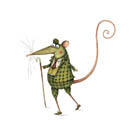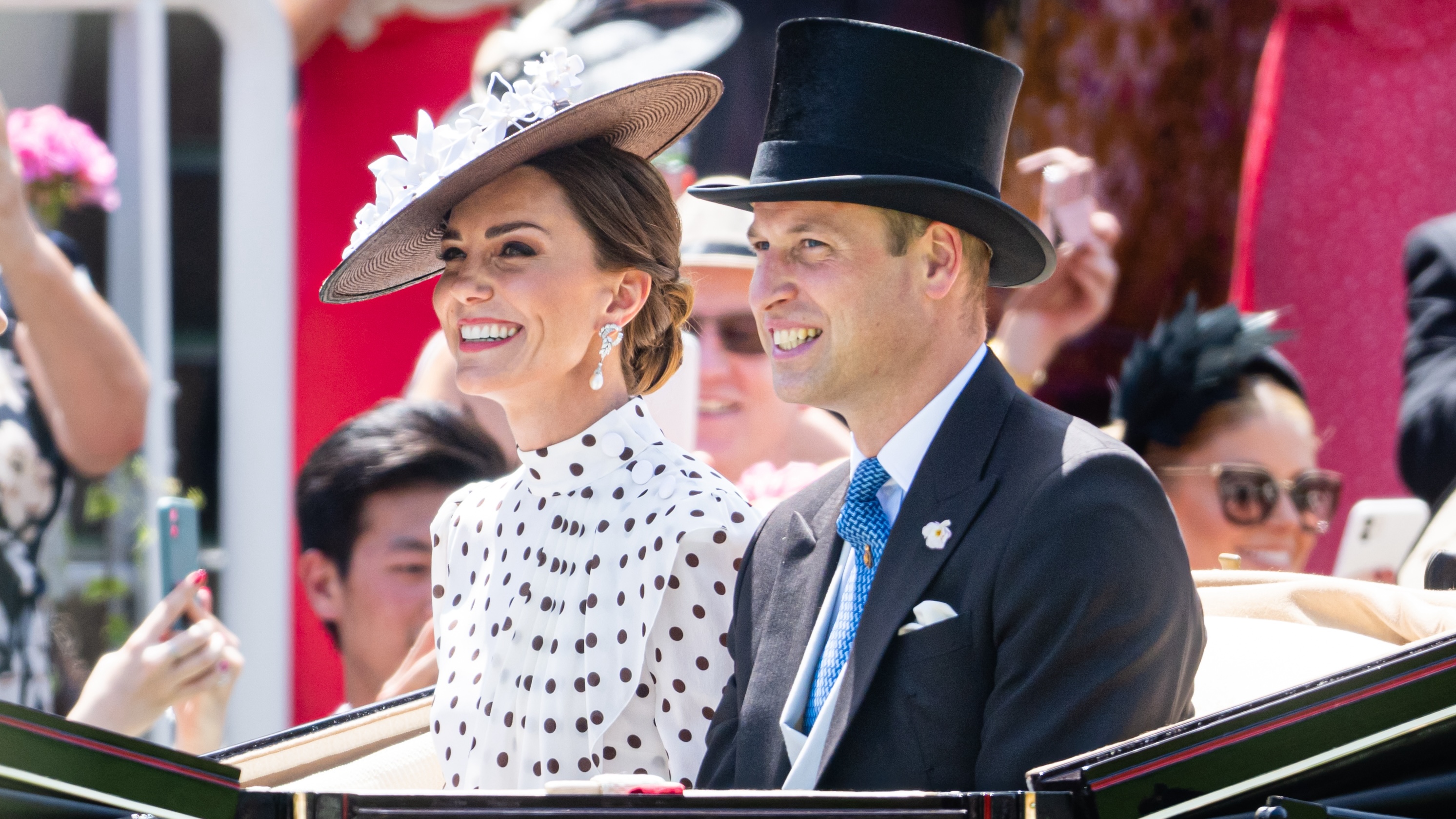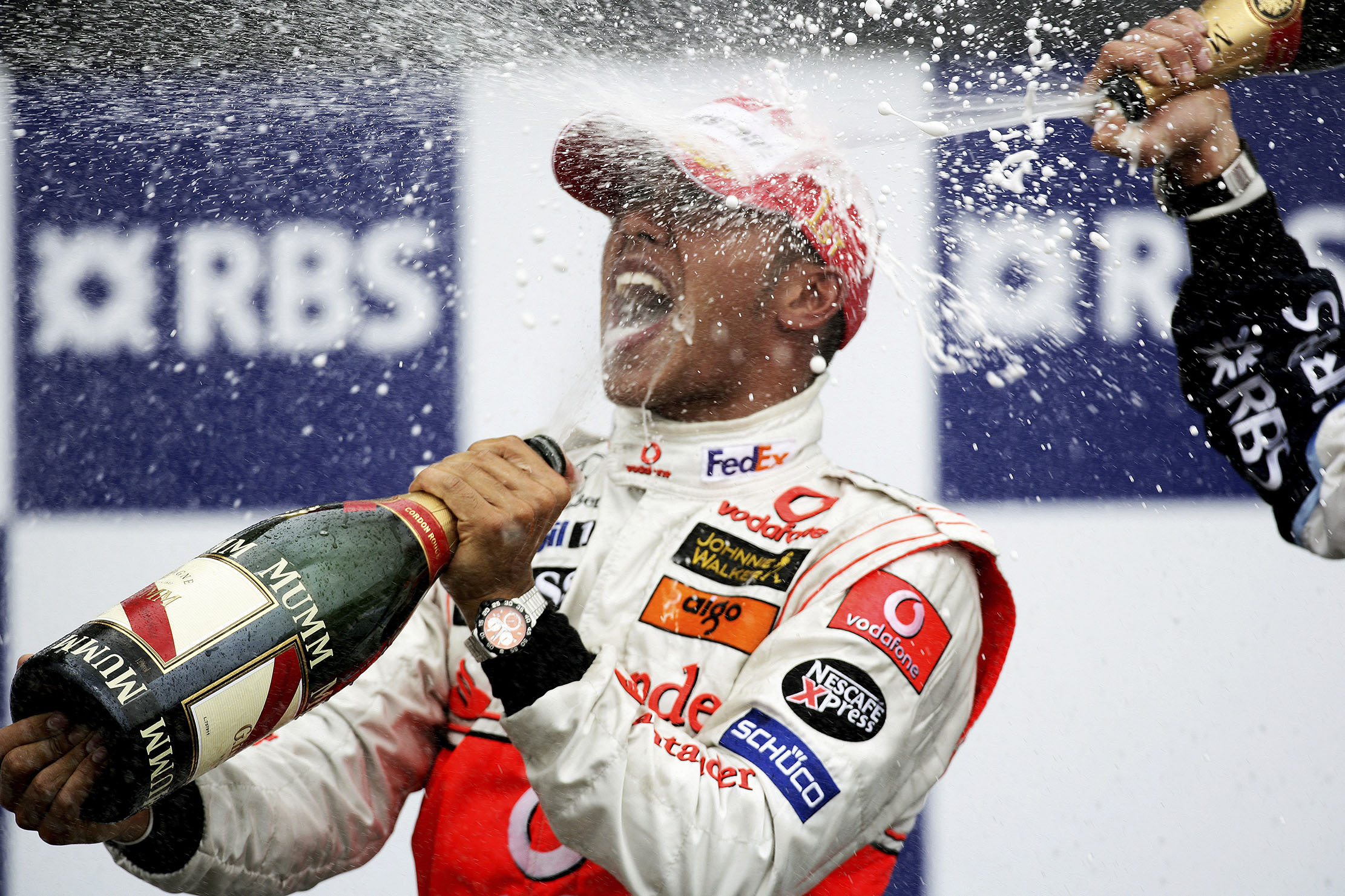Country mouse on ravens
Ravens are coming east from the west country, and they’ll eat anything from a worm to a whale, says Mark


High above the hillock, crowned itself with an ancient Stone Age fort and clumps of ash, a dozen black corvids hung in the breeze, criss-crossing the sky. I assumed they were rooks, but the farmer pointed at their diamond-wedge tails. They were ravens.
Their numbers have been steadily growing in Wiltshire as they've moved eastwards from their western strongholds, just as the buzzards did three decades ago. Ravens are enormous birds, with a thick black bill shaped like a flint axe and, although they're scavengers by preference, they will also kill.
The farmer had recently lost a ewe, which he had found looking sickly. By the time he'd returned with his trailer to give it some medicine, an unkindness of ravens had gathered to peck its eyes out. They'll eat almost anything, from ‘a worm to a whale' as one commentator put it.
Few birds match ravens when it comes to myth and folklore. Famous residents of the Tower of London, one inhabitant, Thor, could mimic human speech. They're known for tracking deerstalkers, in hope of a feast when the stag is gralloched. Often seen as prophets of doom, they were valued in Tudor times for cleaning the streets of refuse. We're going to see more of them.
* Subscribe to Country Life and get our Ipad edition at no extra cost
Sign up for the Country Life Newsletter
Exquisite houses, the beauty of Nature, and how to get the most from your life, straight to your inbox.
Country Life is unlike any other magazine: the only glossy weekly on the newsstand and the only magazine that has been guest-edited by HRH The King not once, but twice. It is a celebration of modern rural life and all its diverse joys and pleasures — that was first published in Queen Victoria's Diamond Jubilee year. Our eclectic mixture of witty and informative content — from the most up-to-date property news and commentary and a coveted glimpse inside some of the UK's best houses and gardens, to gardening, the arts and interior design, written by experts in their field — still cannot be found in print or online, anywhere else.
-
 'The watch is Head Boy of men’s accessorising': Ginnie Chadwyck-Healey and Tom Chamberlin's Summer Season style secrets
'The watch is Head Boy of men’s accessorising': Ginnie Chadwyck-Healey and Tom Chamberlin's Summer Season style secretsWhen it comes to dressing for the Season, accessories will transform an outfit. Ginnie Chadwyck-Healey and Tom Chamberlin, both stylish summer-party veterans, offer some sage advice.
-
 Lewis Hamilton, Claude Monet and the Four Horsemen of the Apocalypse: Country Life Quiz of the Day, April 29, 2025
Lewis Hamilton, Claude Monet and the Four Horsemen of the Apocalypse: Country Life Quiz of the Day, April 29, 2025Tuesday's Quiz of the Day looks back at Lewis Hamilton's first win and ponders on the meaning of greige.